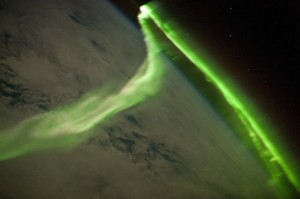
 Santa Rosa is one of 25 cities in the nation recognized for
Santa Rosa is one of 25 cities in the nation recognized for its strong support of the solar energy industry. Plentiful sunshine, environmentally conscious residents and innovative public financing options have contributed to the city outshining others when it comes to installation of photovoltaic systems. But that success is being threatened, some in the solar industry say, by burdensome fire regulations that reduce the size of many residential solar systems, increase their cost and in some cases may be unnecessary. Since January, the Santa Rosa Fire Department has been requiring that solar panels on homes be set back 3 feet from the eaves and ridgelines of roofs to give firefighters safe pathways during a fire. These and other rules regarding solar installations, which have been recommended by the California Fire Marshal’s Office since 2008, were adopted by Santa Rosa and many other cities as part of their fire codes last year.
its strong support of the solar energy industry. Plentiful sunshine, environmentally conscious residents and innovative public financing options have contributed to the city outshining others when it comes to installation of photovoltaic systems. But that success is being threatened, some in the solar industry say, by burdensome fire regulations that reduce the size of many residential solar systems, increase their cost and in some cases may be unnecessary. Since January, the Santa Rosa Fire Department has been requiring that solar panels on homes be set back 3 feet from the eaves and ridgelines of roofs to give firefighters safe pathways during a fire. These and other rules regarding solar installations, which have been recommended by the California Fire Marshal’s Office since 2008, were adopted by Santa Rosa and many other cities as part of their fire codes last year.
But solar installers say Santa Rosa stands out from other jurisdictions for its rigid implementation of the rules and an infuriating permit process.“They have created a whole different layer of bureaucracy that nowhere else has,” said Jeff Mathias, co-owner of Synergy Solar & Electrical Systems of Sebastopol. Since the Fire Department began enforcing the new rules in January, solar installations now require separate plan reviews and field inspections by fire inspectors. Those are in addition to plan reviews and site inspections conducted by city building officials. The extra layer of review strikes Mathias as a “completely and totally unneeded redundancy” that adds time, costs and complexity to jobs in Santa Rosa. “System sales in the city are down, systems we are installing are smaller and the installations are costing more,” Mathias said. “Nobody is a winner here.”
The Solar Generation
Santa Rosa fire officials say the roof setbacks are critical for firefighter safety and are being enforced fairly and consistently, and that projects that comply with the code receive speedy review at a reasonable cost. “While people may not like the rules, we’ve been fair and consistent in our enforcement of them,” said Mark Pedroia, senior fire inspector responsible for most solar-plan reviews. Fire officials say the new fee of $270 for each residential installation should generate about $60,000 annually at the current rate. The fees are designed to recover the cost of administering the program, although the work is being handled by existing staff in the city fire marshal’s

